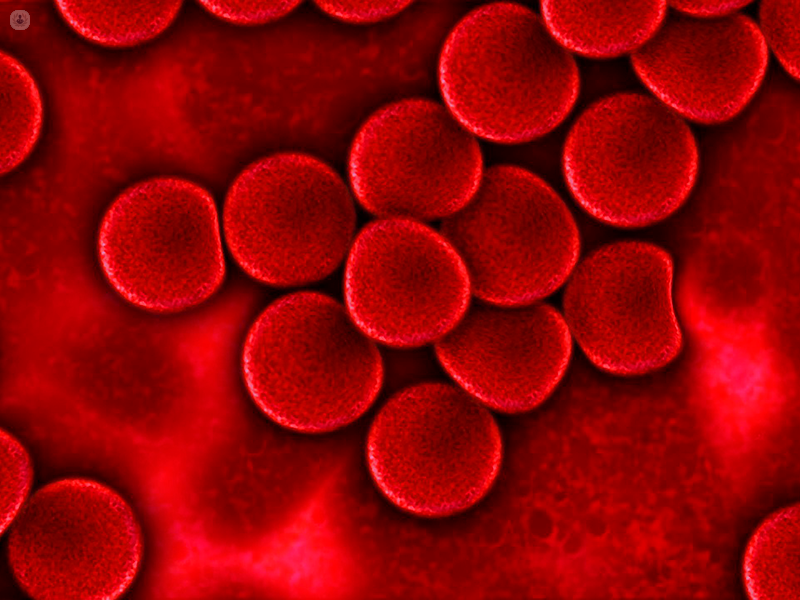Iron metabolism disorders
Dr Salim Shafeek - Haematology
Created on: 08-04-2014
Updated on: 10-18-2023
Edited by: Conor Dunworth
What are iron metabolism disorders?
Iron metabolism disorders are a group of conditions which involve an excess or deficiency of iron in the body. Iron is vital to the production of red blood cells and therefore is key to survival, but an excess of iron can cause cell damage due to oxidative stress. Proper regulation of the levels of iron in your body is therefore important.
The most common iron metabolism disorders are iron deficiency anaemia, hereditary haemochromatosis, and iron overload.

Iron deficiency anaemia
Anaemia caused by iron deficiency is common, affecting half a billion people worldwide. Symptoms include fatigue, weakness, headaches, pale skin, shortness of breath, and irregular or strong heartbeats. Iron deficiency is simple to diagnose, involving just a single blood test.
The most common causes of iron deficiency are heavy periods, pregnancy, or a lack of iron in your diet.
It’s important to see the doctor if you suspect you have an iron deficiency. Left untreated, iron deficiency anaemia can increase your chance of heart failure and leave you more vulnerable to illness and infection.
When you visit the doctor they will prescribe iron tablets to replace the missing iron. If the deficiency is partly a dietary issue, you will get advice on what you can do to increase your iron intake. This can include:
- eating iron-rich foods such as cereals and bread fortified with iron, meat, beans and lentils
- reducing your intake of tea, coffee, and milk
Hereditary haemochromatosis
Hereditary haemochromatosis is a genetic condition which causes the body to absorb too much iron. The iron is stored in organs such as the liver, heart, and pancreas. In extreme cases, this build-up of iron can result in diabetes, heart disease, arthritis, and cirrhosis (liver scarring). However, haemochromatosis is usually diagnosed much earlier on, before symptoms have got to this stage.
Haemochromatosis is common in the UK, especially among people with a Celtic genetic background, where it affects up to 1 in 9 people.
Early symptoms of haemochromatosis appear between the ages of 30 and 60 and include tiredness, weakness, joint pain and weight loss. Because many conditions involve these symptoms, haemochromatosis can often be difficult to diagnose.
Treatment generally involves regular removal of blood in a procedure called phlebectomy. If this isn’t enough to bring your iron levels down satisfactorily, the doctor might prescribe medication.
Iron overload
Iron overload is the more general term for having too much iron in your body. While haemochromatosis is iron overload caused by a genetic problem, iron overload can also occur as a result of:
- liver disease
- excessive iron intake through your diet
- regular blood transfusions, often given to patients with sickle cell disease or some types of anaemia
In these situations, unlike haemochromatosis, there are rarely any “early warning signs” of iron overload, and many people are only diagnosed after organ damage has occurred. Treatment can include medication to reduce the iron levels in your blood, and dietary advice.
